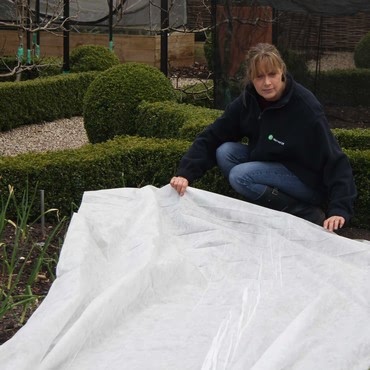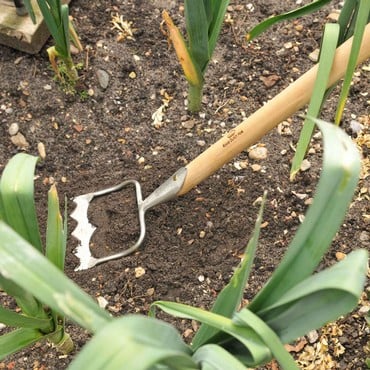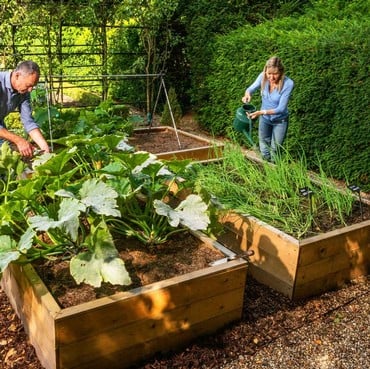Garlic
EASE OF GROWING: (Scale 1-5) : 1
HOW TIME CONSUMING:
Garlic requires very little attention and is an ideal crop for gardeners who are limited for time.
RECOMMENDED VARIETIES:
Autumn Planting Varieties:
Early Purple Wight
Elephant Garlic
Picardy Wight
Spring Planting Varieties:
Avignon Wight
Picardy Wight
Solent Wight
HOME GROWN VS SUPERMARKET:
Once you have grown your own Garlic you will never want to go back to the supermarket. Choosing a bulb from your own beautiful garlic plait is sheer pleasure.
BEST SITES AND SOILS:
Garlic prefers a very sunny site. It likes a well drained soil that is not too acidic. We have acid soil at the Kitchen Garden, so lime is added before planting. Add plenty of compost to the soil, but avoid using manure as it can cause bulbs to rot.
WHEN TO SOW:
Autumn garlic is usually planted in October and November, although you could get away with planting it in December. A favourite variety of mine is Early Purple Wight. This can be planted in September and can be harvested as early as May which means it is harvested in time to plant Summer crops in the same space.
Spring varieties can be planted from January through to March.
DISTANCE BETWEEN PLANTS:
Plant cloves 6 inches apart in each direction. Push the cloves 3 cm into the soil with the pointed end facing upwards. Birds can sometimes pull the cloves out of the soil. A layer of fleece laid over the crop whilst it roots can prevent this.
WHEN TO HARVEST:
Early Purple Wight can be harvested as early as May, but other varieties will be ready in June or July. Garlic is ready for harvest when the foliage turns brown. Leave the bulbs to dry out in the sunshine before plaiting and hanging in a warm place. Don’t hang your plait in a garage or shed as the cold Winter temperatures can cause the garlic to start growing again.
FURTHER INFORMATION:
Keep your garlic well watered during dry weather in the growing season. Stop watering at the end of May/ early June to prevent the bulbs from rotting. Apply Sulphate of Potash to the soil in February.
Garlic is a useful crop for companion planting as the scent can deter pests from locating nearby vegetables. Rather than planting in blocks, I like to put rows of garlic in various parts of the Kitchen Garden to make the most of companion planting. I also plant a trough of garlic and place it next to the raspberries to try and prevent raspberry beetle.
Hoe your garlic regularly to keep it free from weeds.
PROBLEMS TO LOOK OUT FOR:
Rust can affect Garlic crops. Sulphate of Potash added to the soil in February should help to avoid this. Try to grow your Garlic in a different spot each year to avoid your crop being infected by overwintering rust in the soil.
Bolting: Remove any flowers spikes that may appear.



























